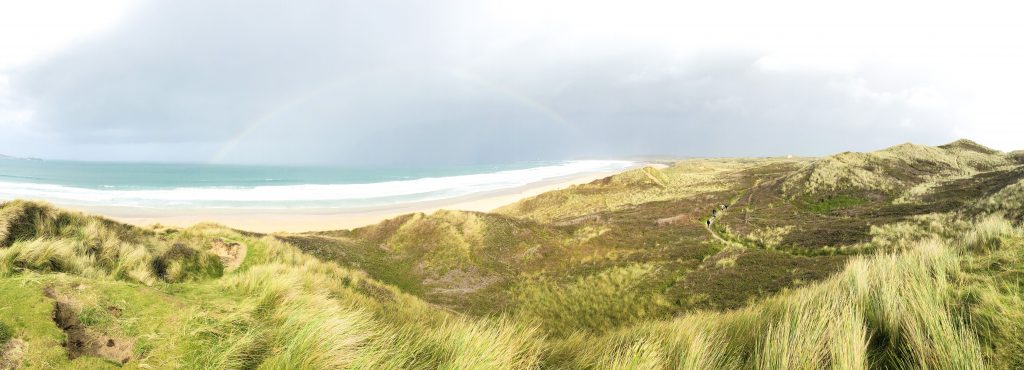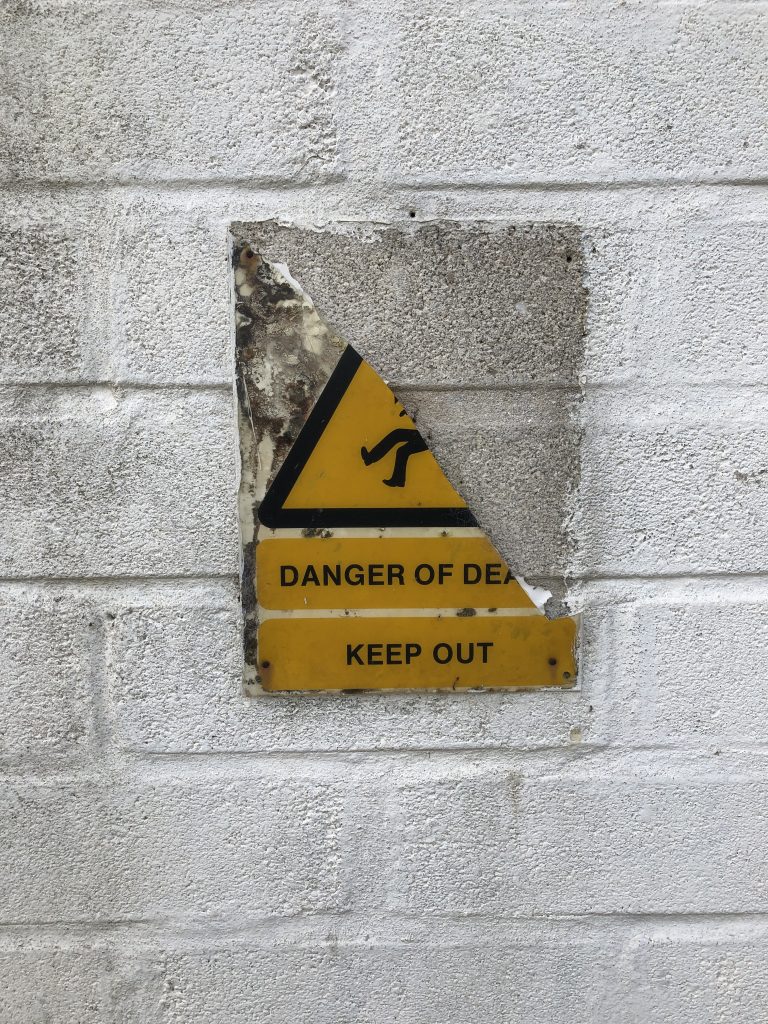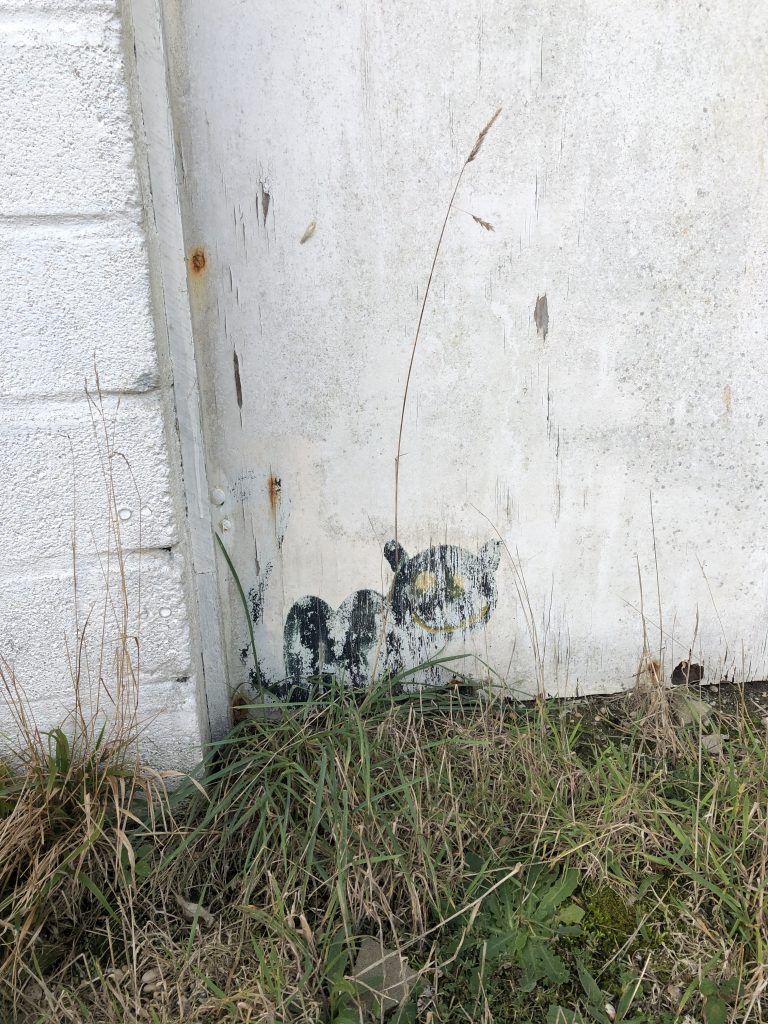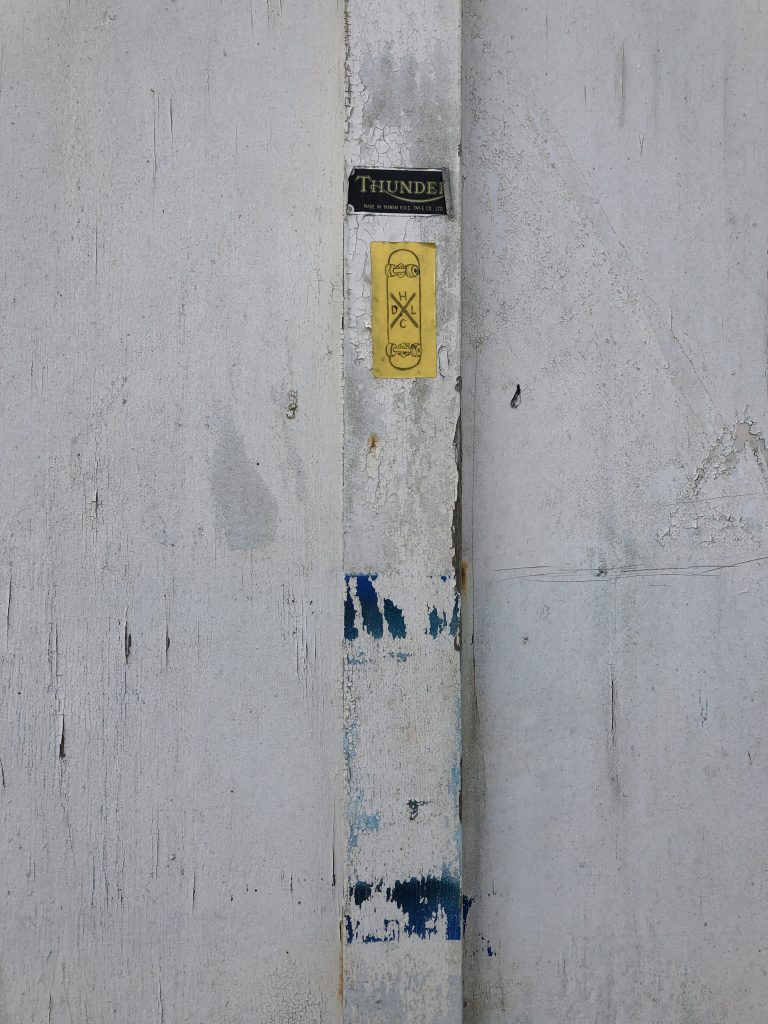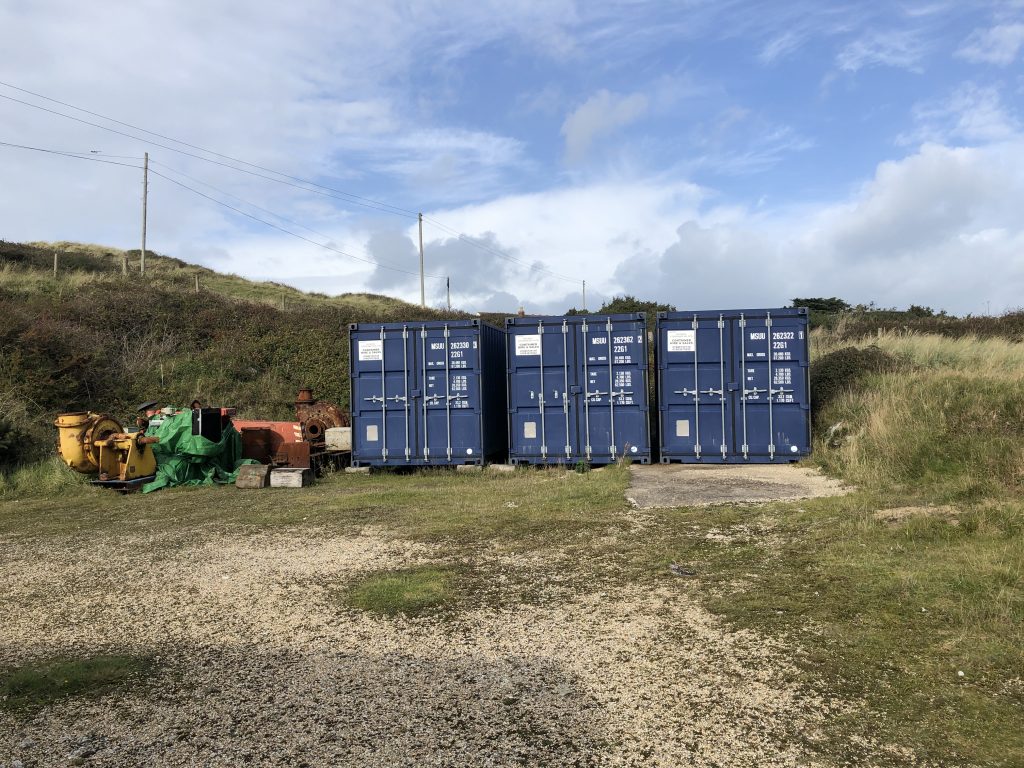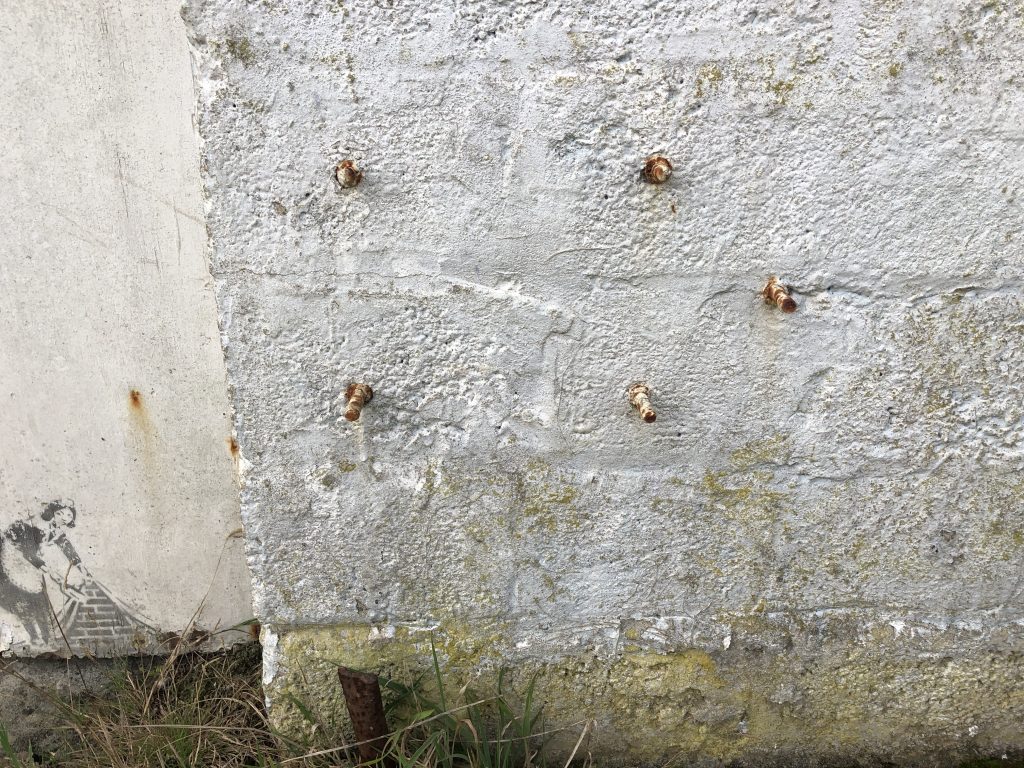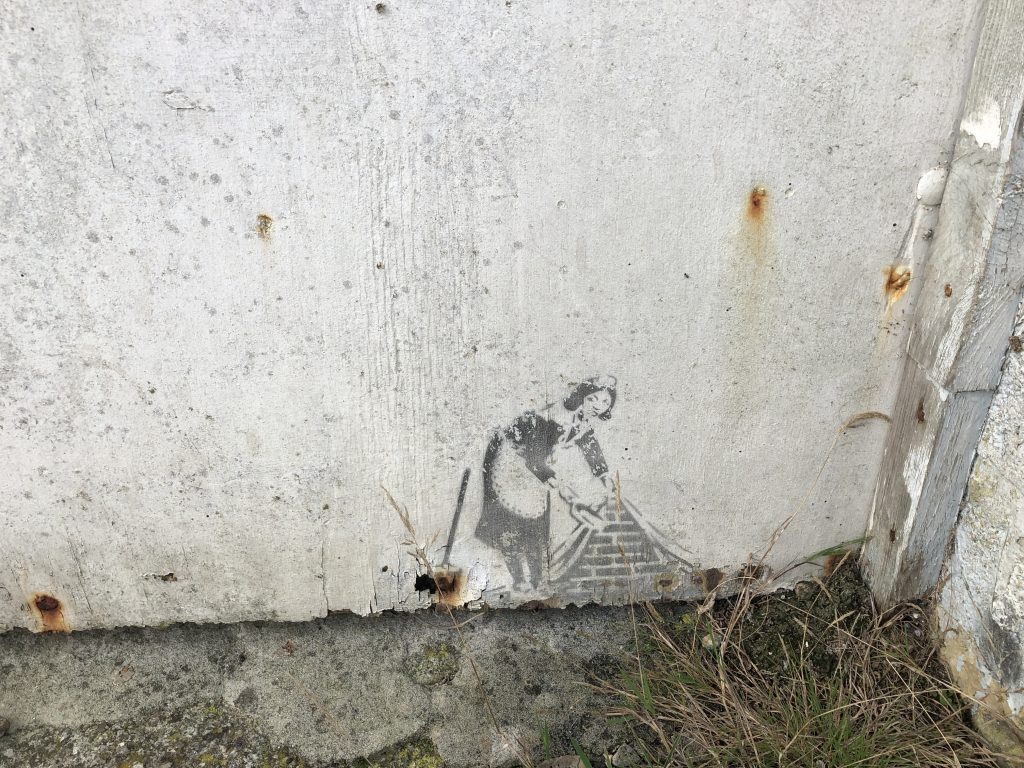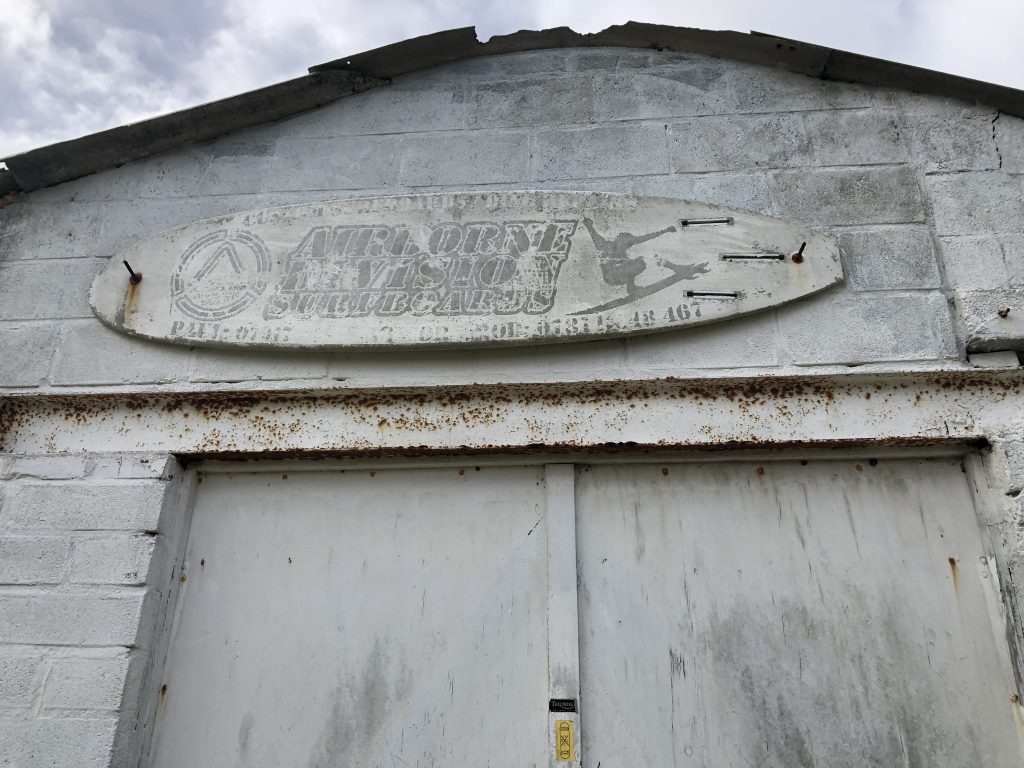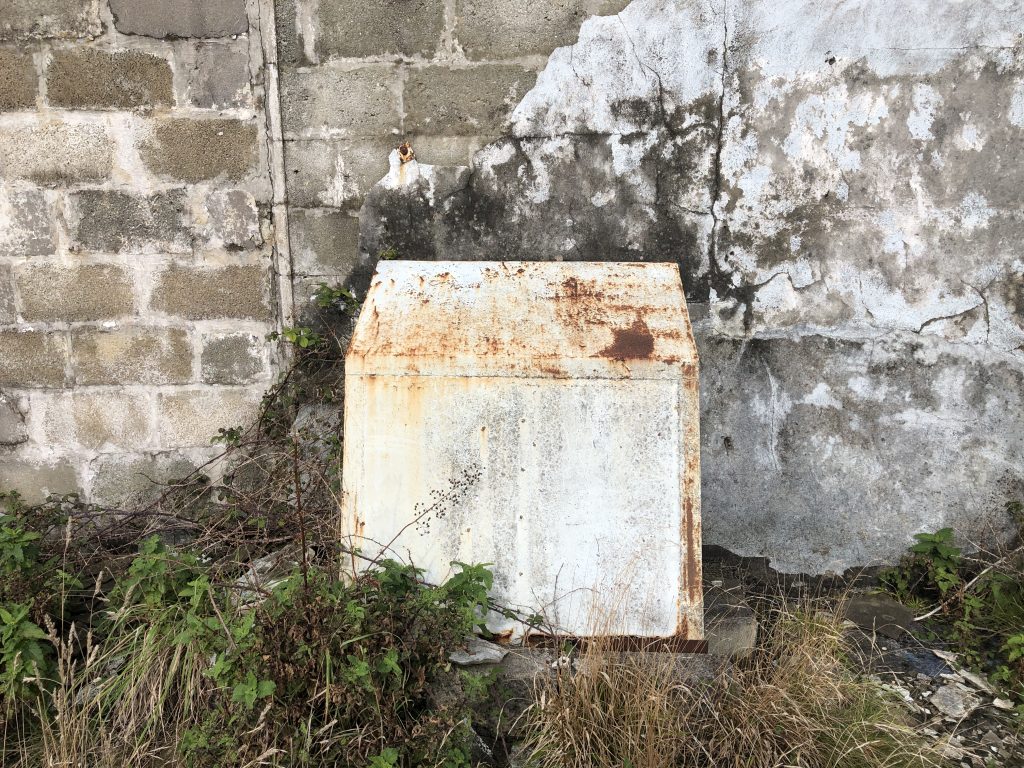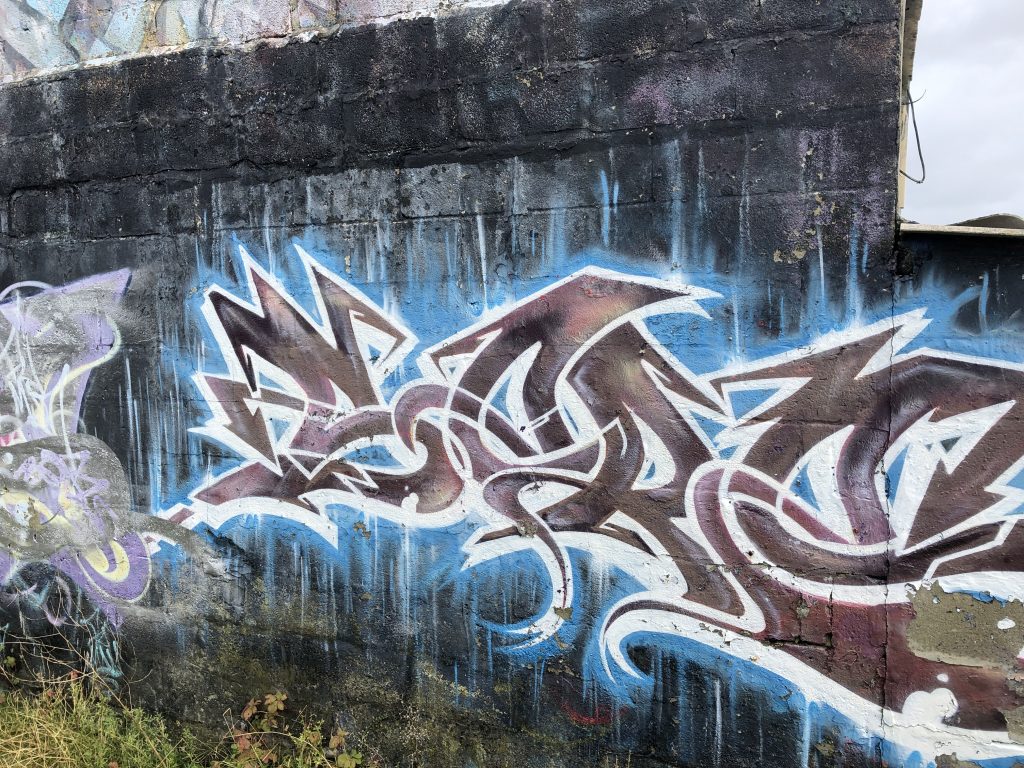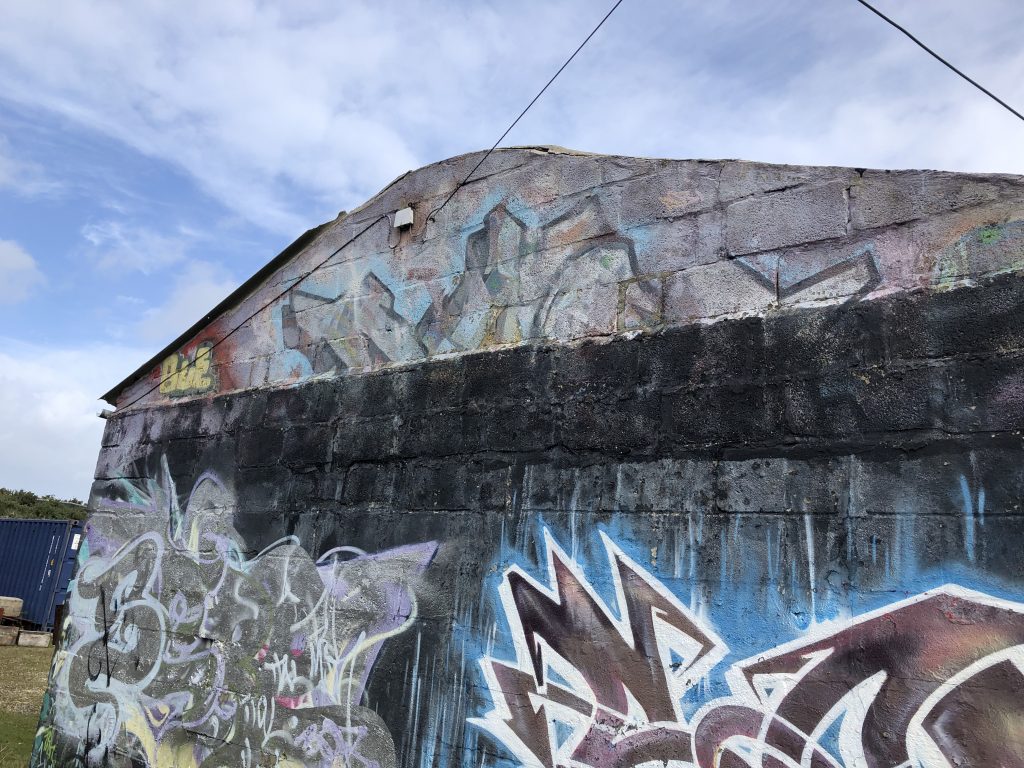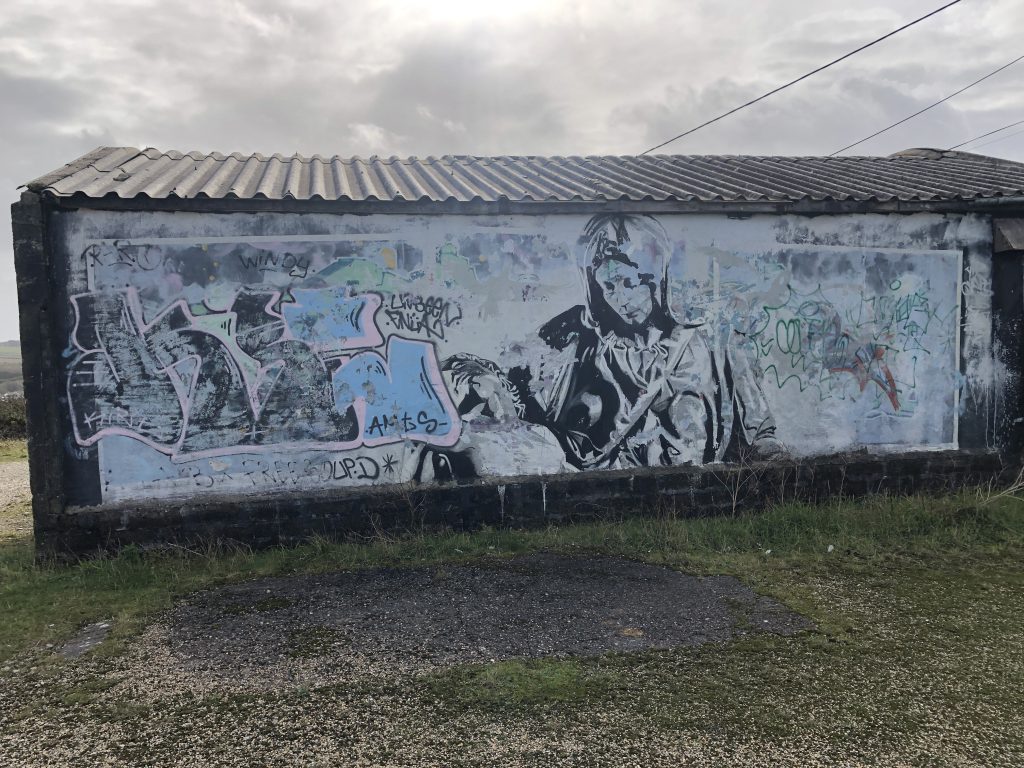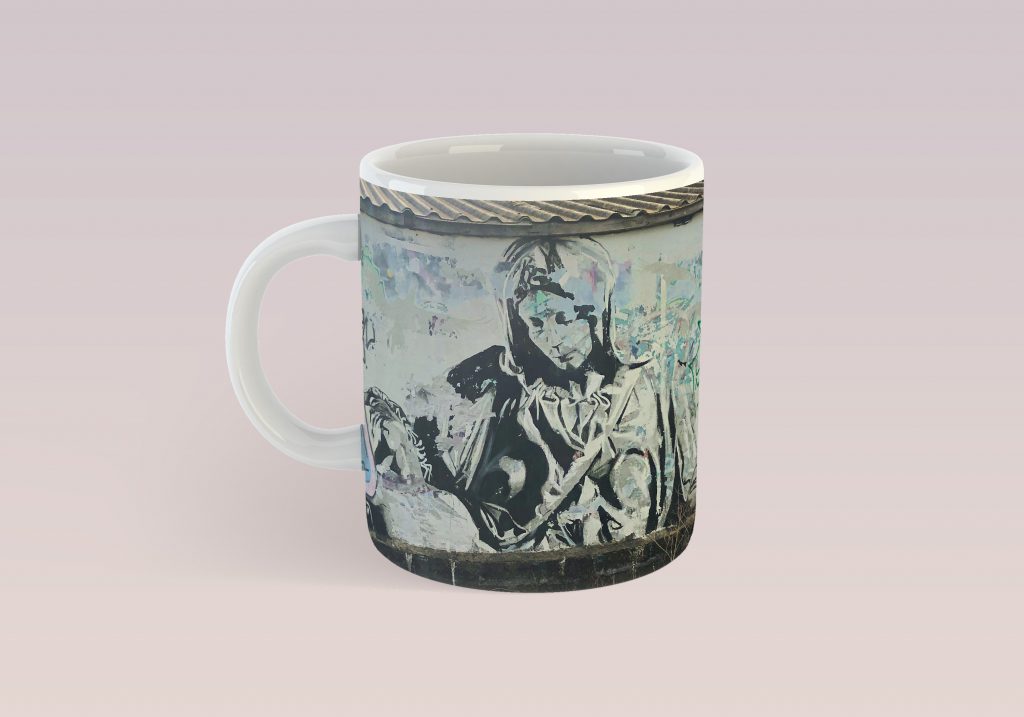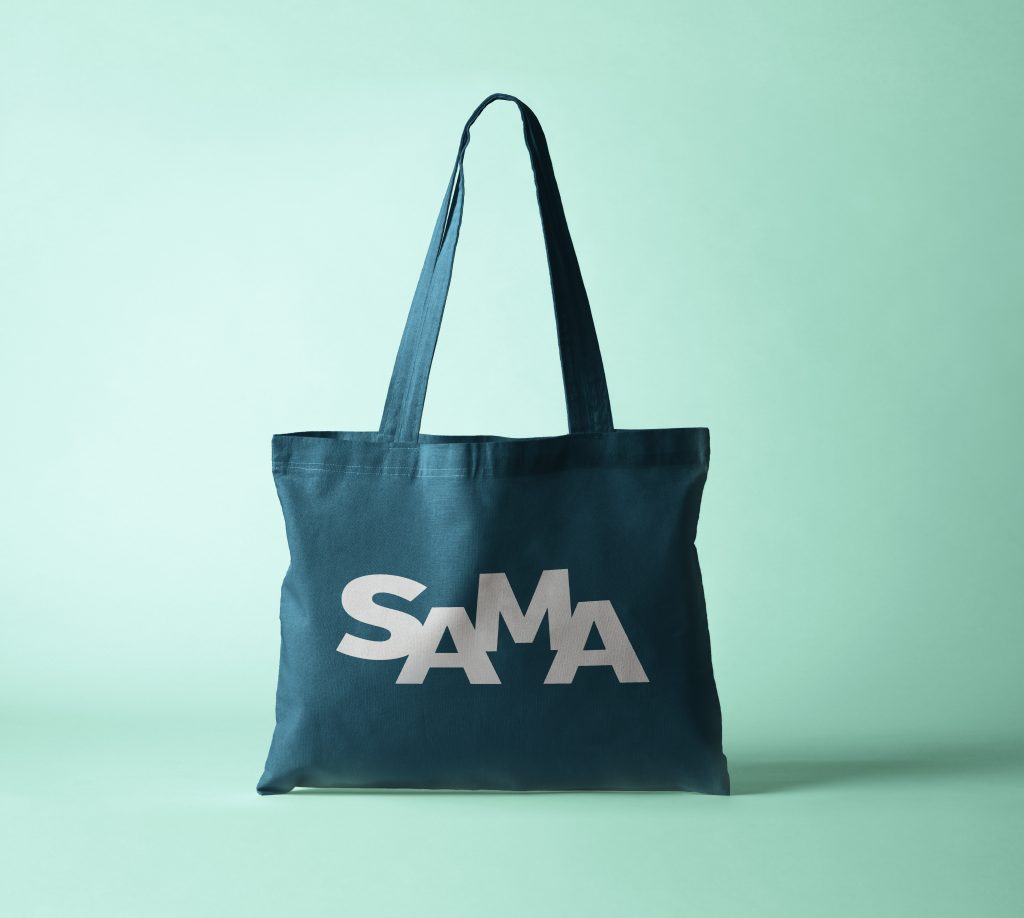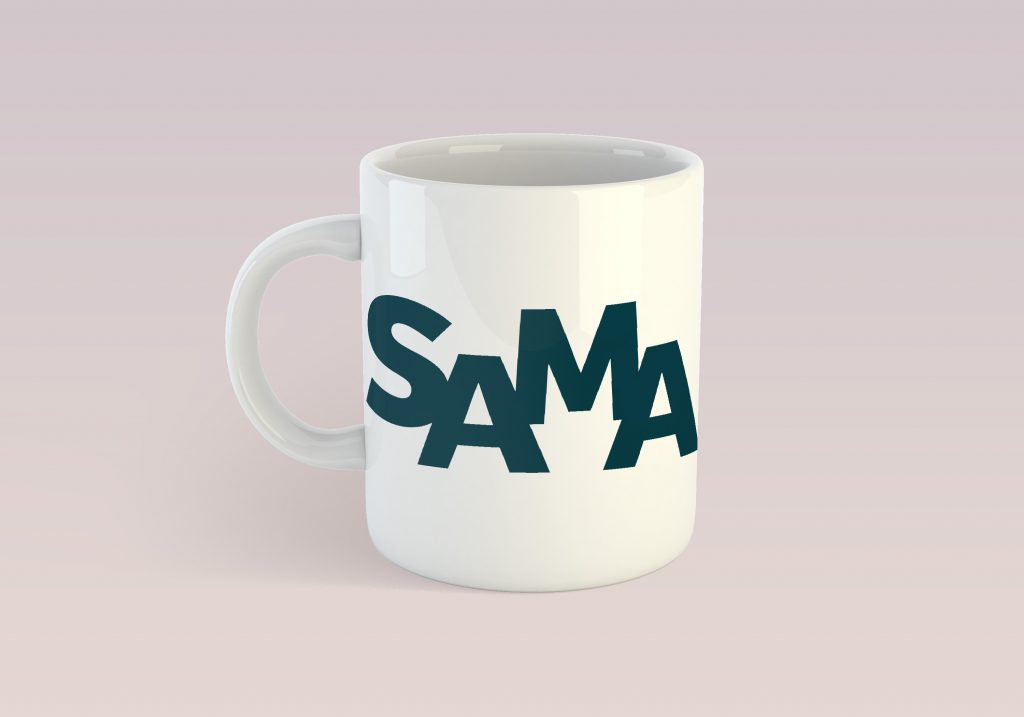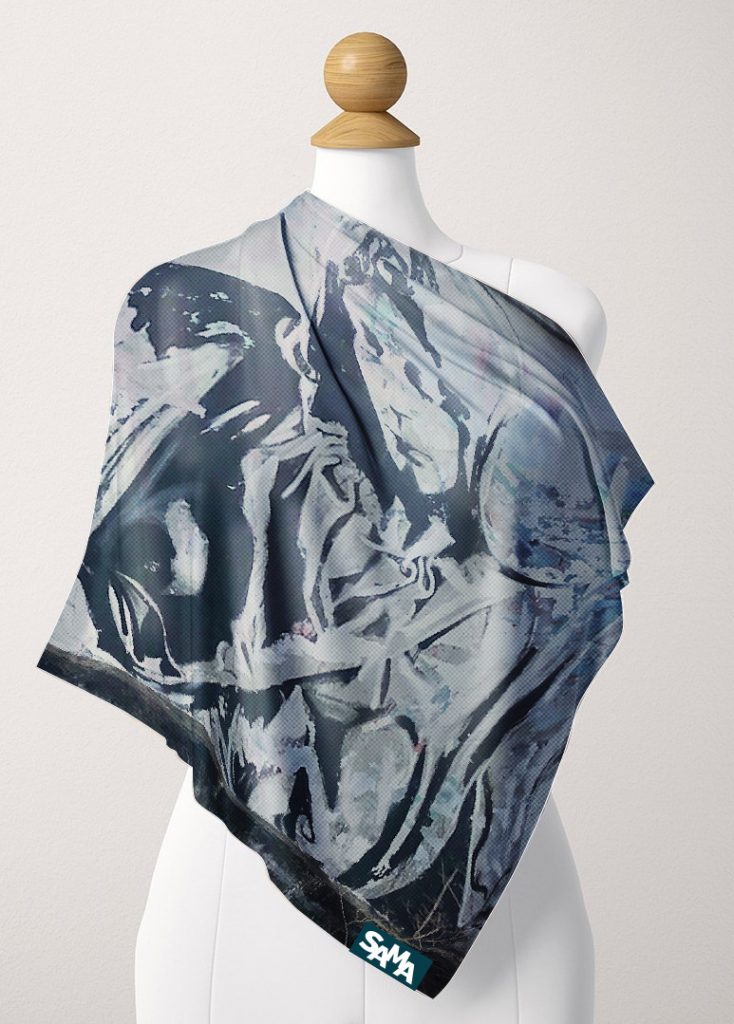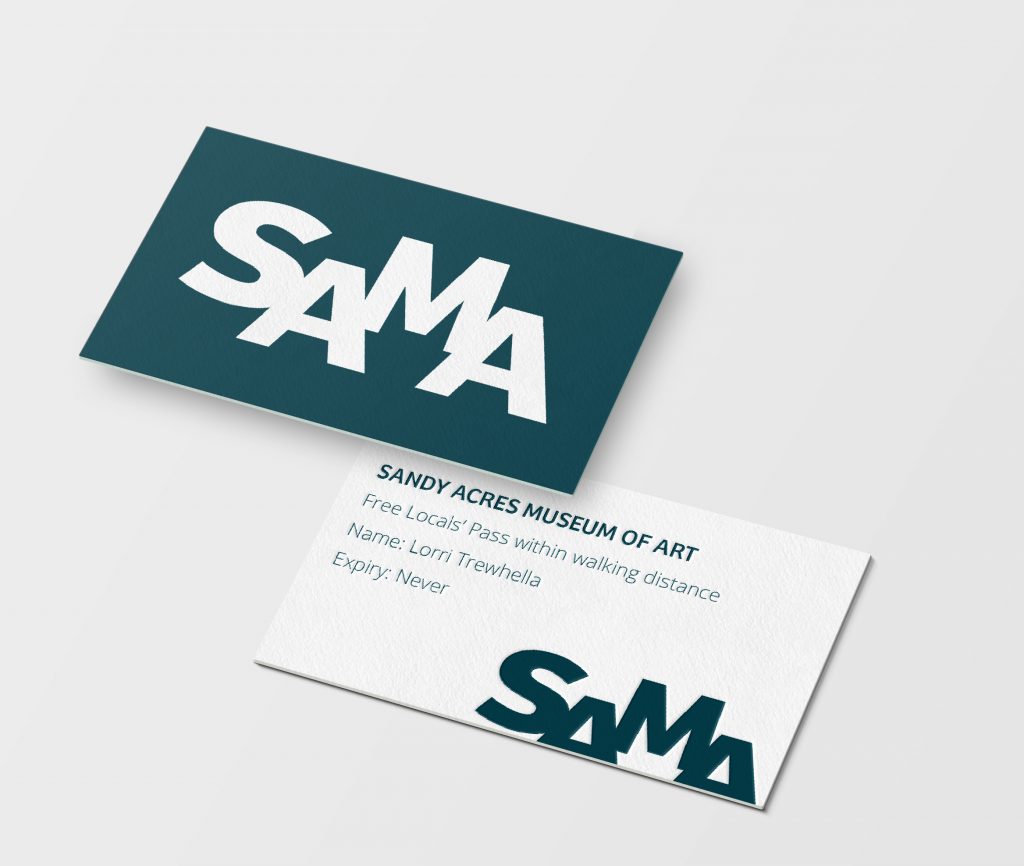Lecture by Susanna Edwards
John Berger – Ways of Seeing

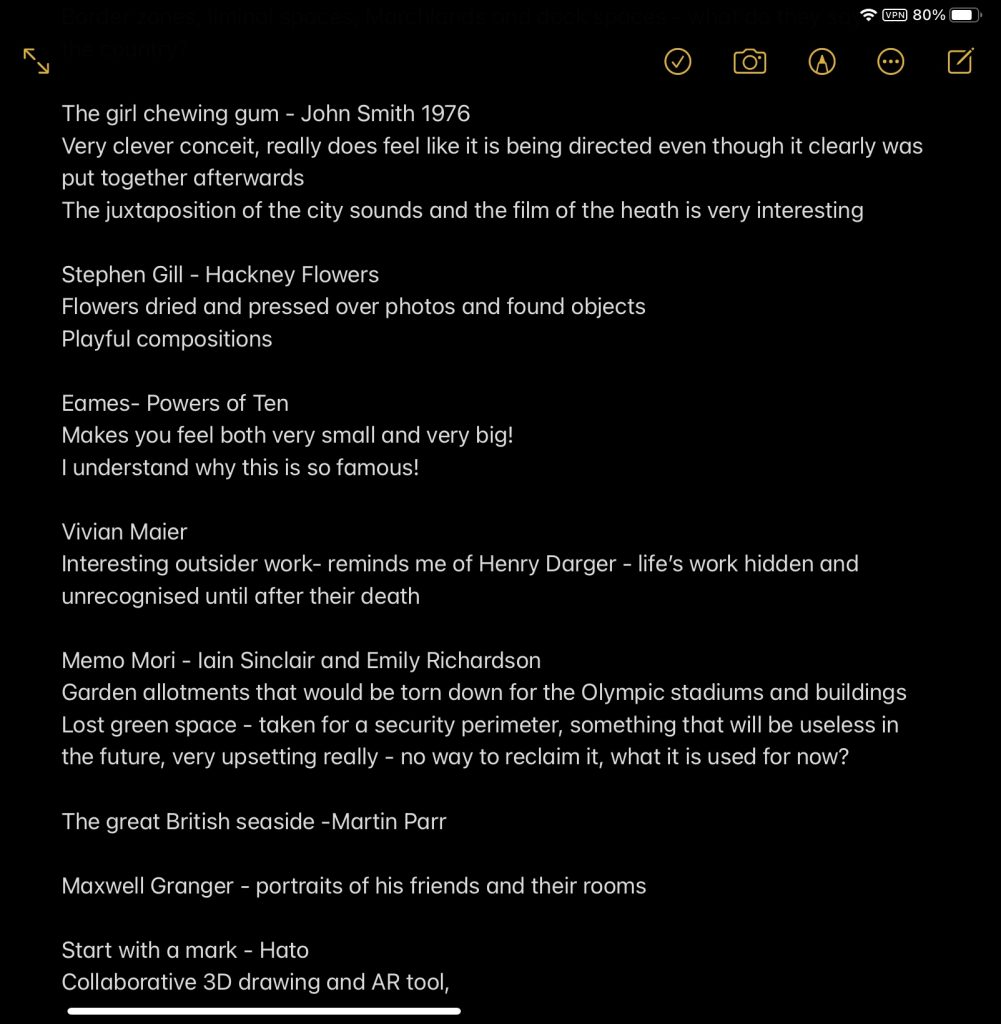
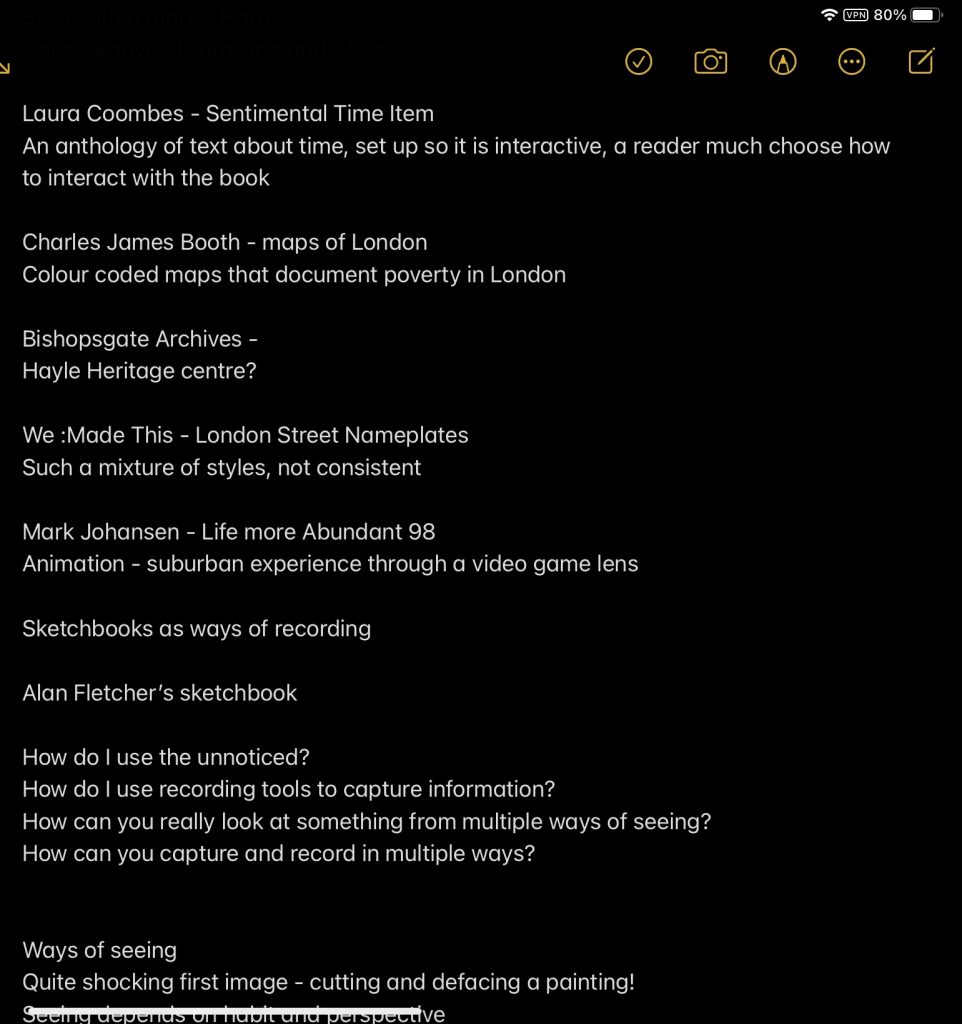
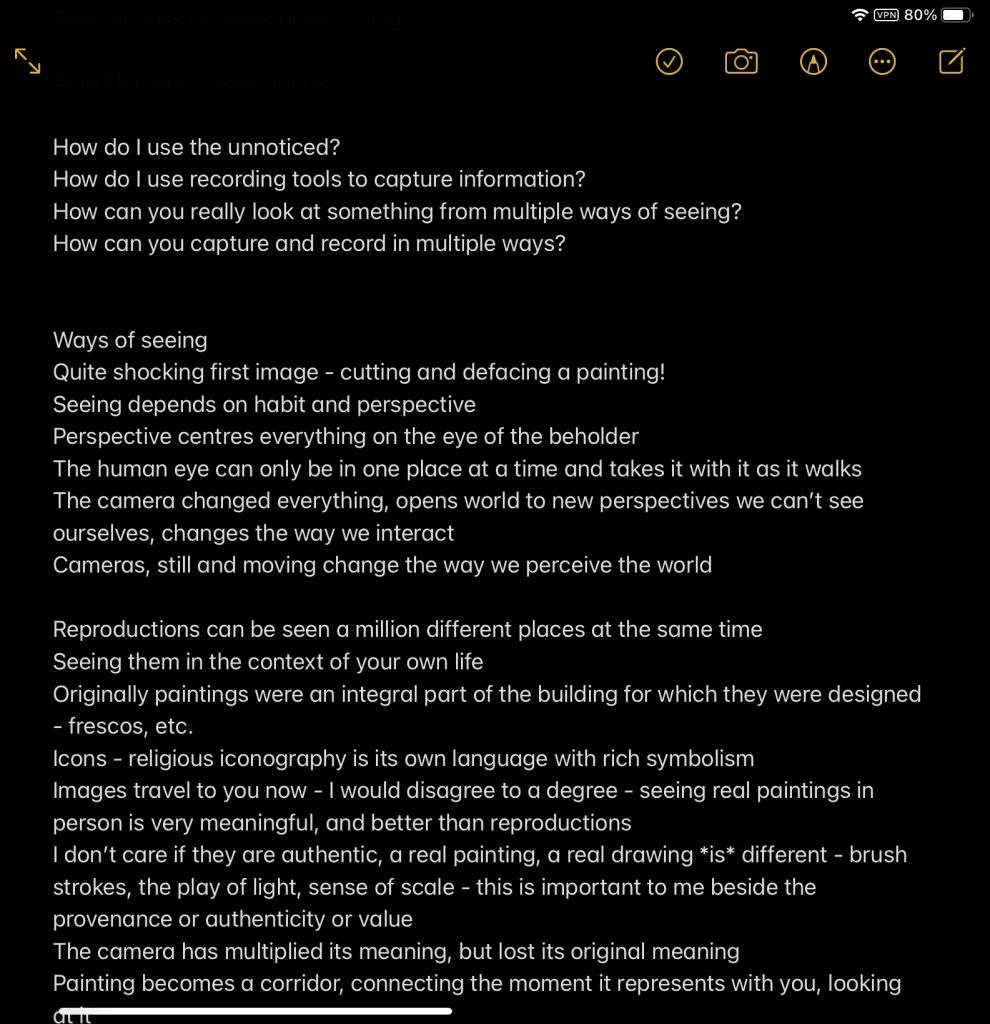
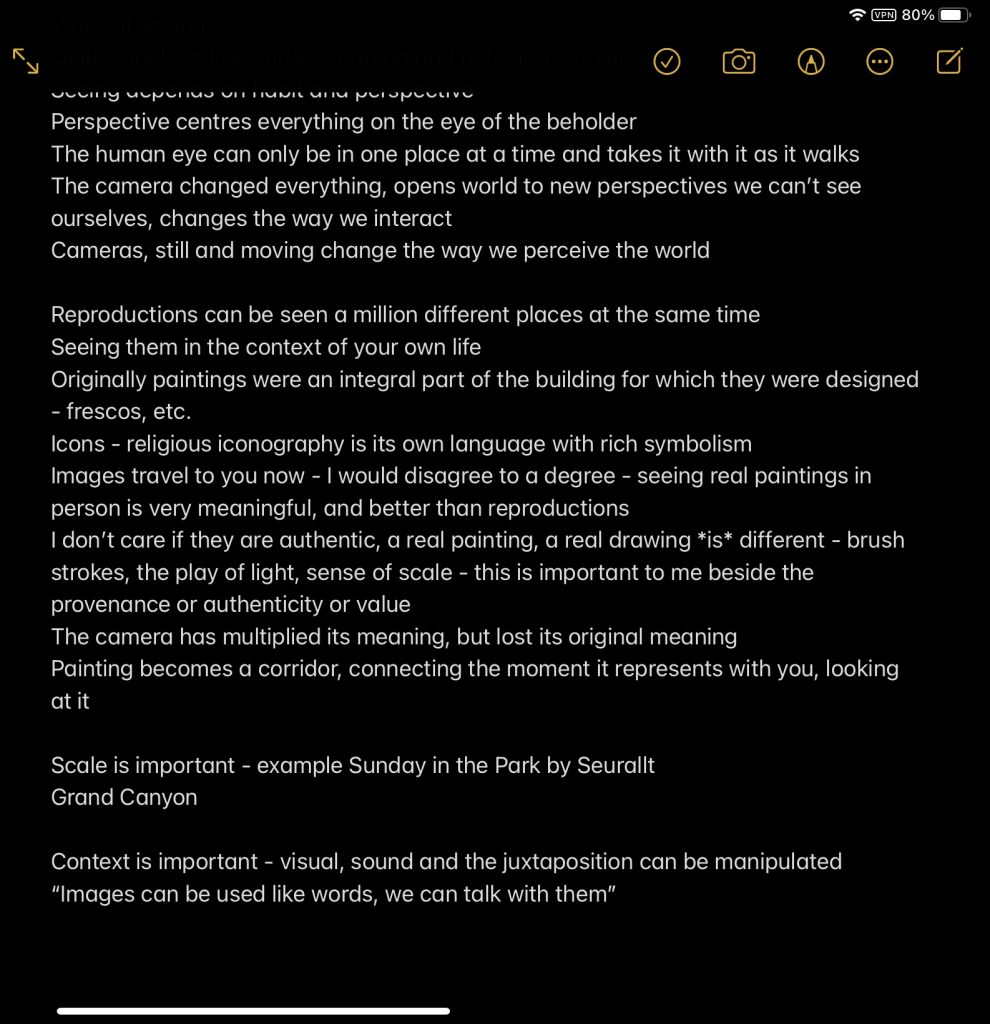


John Berger’s Way of Seeing had the most impact on me this week. From the first shot of him cutting a portion out of a hanging painting it grabbed my attention. The idea of reproduction changing the context of a painting was something I had never considered before. (Berger 1972) I am very grateful that we have the ability to reproduce and share art in such a free and easy manner now, but that doesn’t negate the importance of going to galleries and interacting with art in person. Reproductions cannot capture the sense of scale an original has, brushstrokes, the play of light, how you look at the painting, and its emotional impact is very different in person vs a print or an entry in an art book. The opposite can be true as well. This week during a tutorial with Harriet, we spoke about the disappointment people have when seeing the Mona Lisa in person. It is such a famous work of art that people are shocked at how small it is, and its fame does it little favour, the gallery around it being packed full of tourists, pushing and jostling to get closer. How many people are able to actually spend time with the painting? How can you fully appreciate a work of art when you are being herded and timed and surrounded by noise? Is the work’s value degraded when you can purchase it on a totebag in the giftshop?
This led me to reflect on the first lessons you have in a drawing class. The difference between representational drawing and observational drawing. It is so easy to overlook what we think we know, we take for granted the space around us or the things we interact with or view every day. In drawing classes you are encouraged to set aside what you think something should look like, and draw what is actually there. This is a new way of seeing, of observing what is around you and investigating it. I had been working on some representational drawings of pumpkins for a project this week, and happened to have some actual pumpkins in the house.

This was an interesting exercise – both are clearly pumpkins, but the observational drawing is a drawing of a specific pumpkin, lopsided, knobbly bits and all. I can see straight away that my mind sees pumpkins as being much curvier, smoother and rounded than a real pumpkin is. It is also interesting that I decided that pumpkins have three rounded lobes in the front, as opposed the many sections and varied surface of an actual pumpkin. Looking and seeing inform the way we interact with the world. It is very easy to assume what is around is what you expect it to be, and to go about your day ignoring what is actually around you.
I kept this in mind as I explored my chosen street this week.
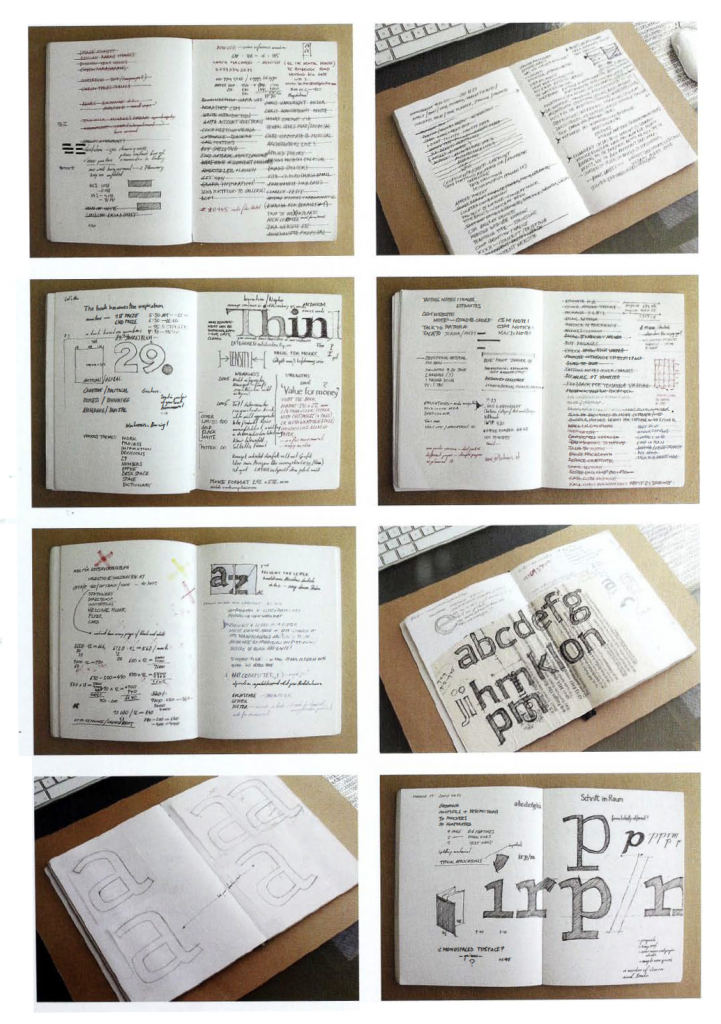
Paulus M Dreibholz’s sketchbooks
Sketchbooks are a fascinating look into someone else’s mind and process. A great resource is the Sketchbook Project, a repository of sketchbooks from around the world. Anyone can fill a sketchbook to donate to the project, there is a fee involved, but once you have sent it back it is archived and kept in a library of sketchbooks. I would love to visit the archive someday, going through someone’s sketchbook can be quite intimate, and is always inspiring.
I enjoyed Sketchbooks; the hidden art of designers, illustrators and creatives by Richard Brereton this week, and would like to read the entire book. I was struck by how tidy Paulus M Dreibholz’s pages were. Even where he is brainstorming or making to-do lists, every page is very orderly and clean. Frederique Daubal’s were also very interesting. More collages than sketches, I wondered how they were put together – they seemed almost more like they were bound after making rather than a book she filled.
I have neglected my sketchbook of late, getting too caught up in work and scribbling bits down on various pieces of paper. This is very untidy, and then I have to cull the bits of paper once the pile gets too unwieldy. It is also a habit that makes me unpopular with my husband, who likes things to be neat and filed away properly. I asked for a new sketchbook for my birthday, and have promptly started cannibalising it for the monotypes I did in week five, and stuffed bits of paper in it. I would like to get back in the habit of drawing more, and doing small watercolours in my sketchbooks.
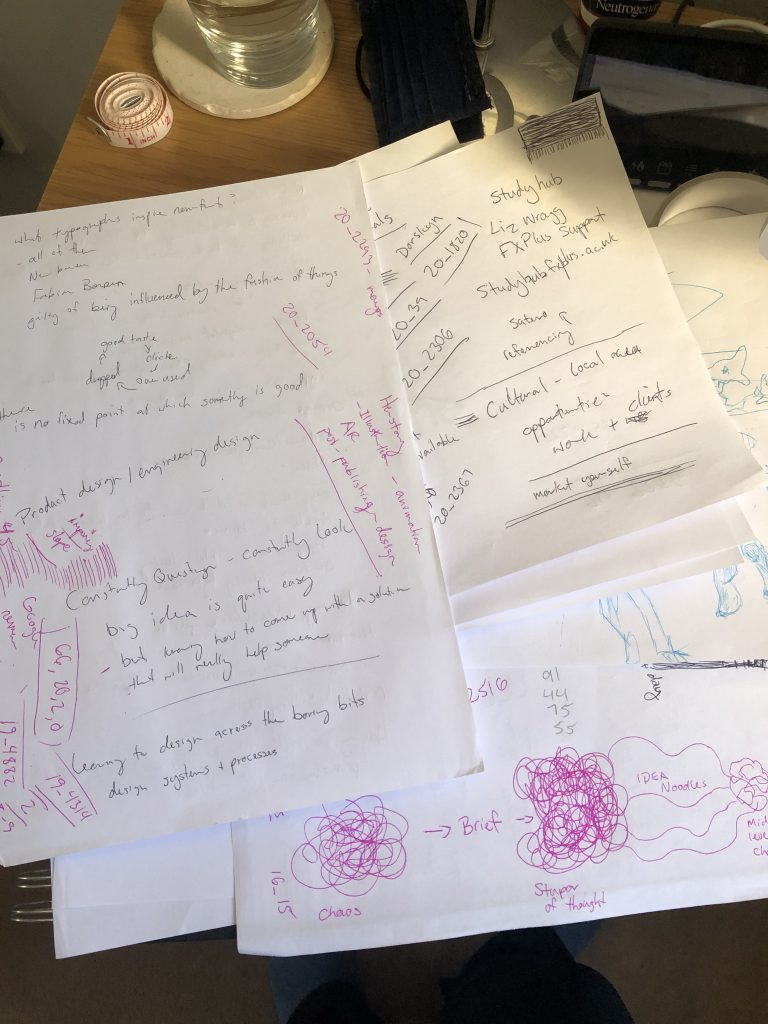
Messy paper method – not recommended, causes spousal annoyance.
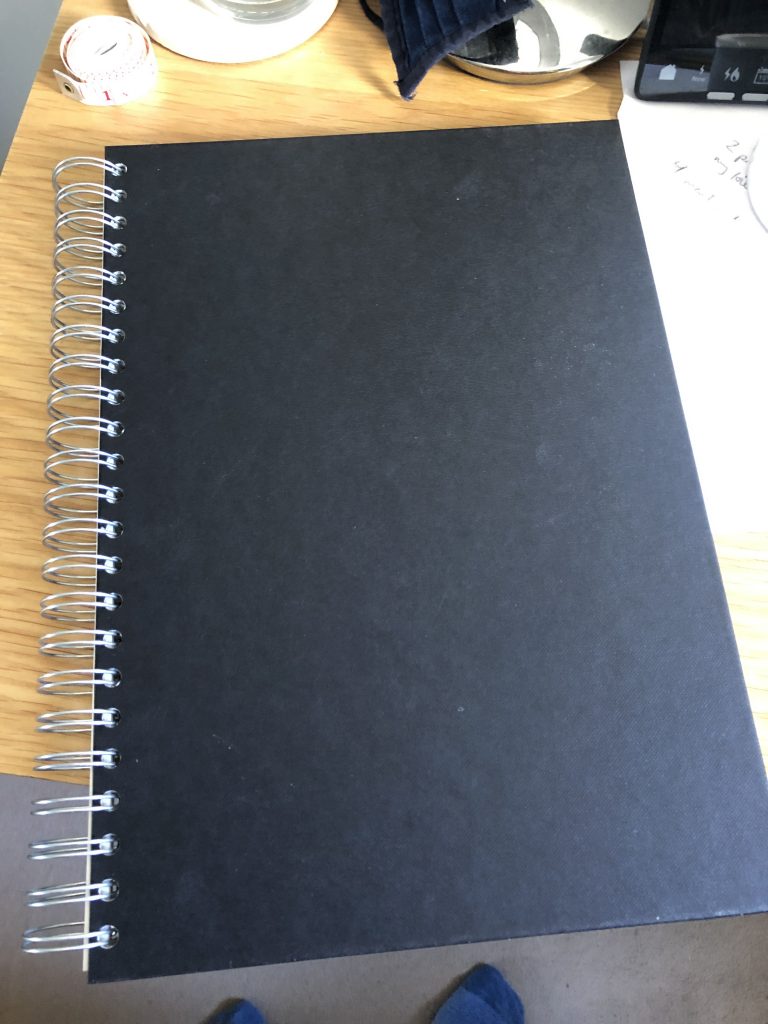
Beautiful clean sketchbook which will be used consistently and be kept nice and tidy.
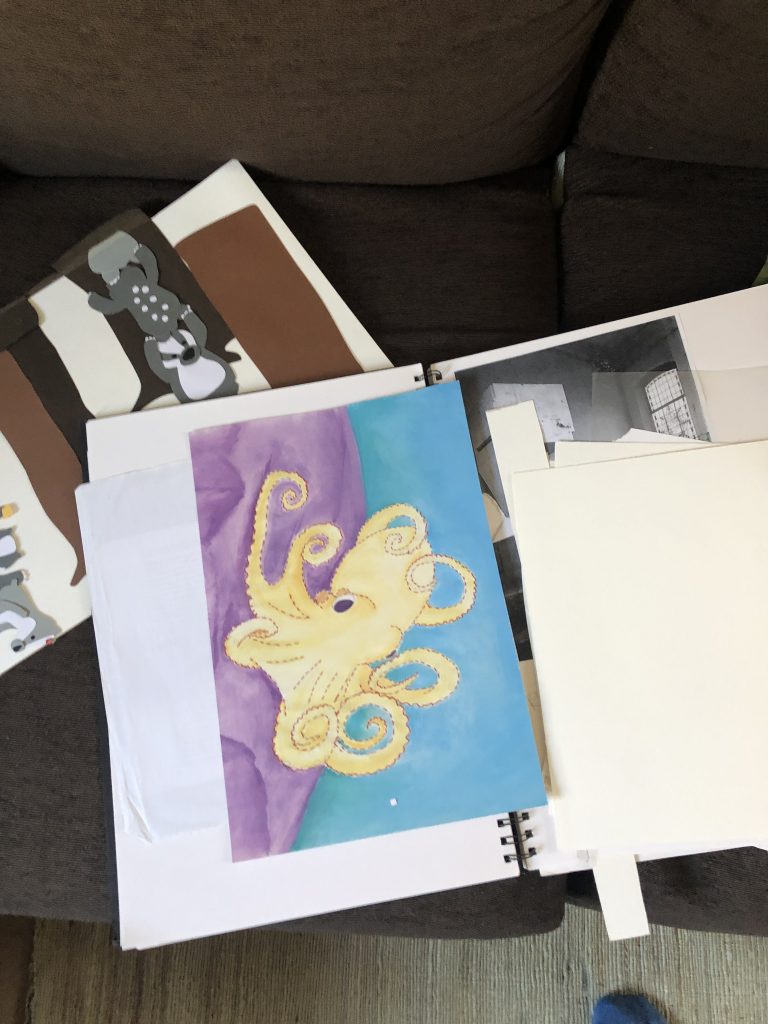
No hope, all previous sketchbooks get stuffed full of papers anyway.
Workshop Challenge
This week will involve you going out to really look, explore and record a local geographic area. Be prepared, plan your trip and visit several times; perhaps even at different times of day / night.Identify your chosen geographic location.
Select a street nearby to you within 1 or 2 miles from where you live.
Document it, explore it, evidence it.
Come up with something unique to your street.
I began by mapping all of the walks my family go on, leaving from our house on foot. Many of the paths overlap, forming looping circular walks. We live only a few minutes walk from the beach, and the majority of our walks are up into the dunes behind us. During lockdown, these walks were our only outlet. I’ve lived in my current home for 13 years, and am very familiar with every step of these paths, so I challenged myself to walk up the road and look at it differently, rather than seeing what I expected to see.
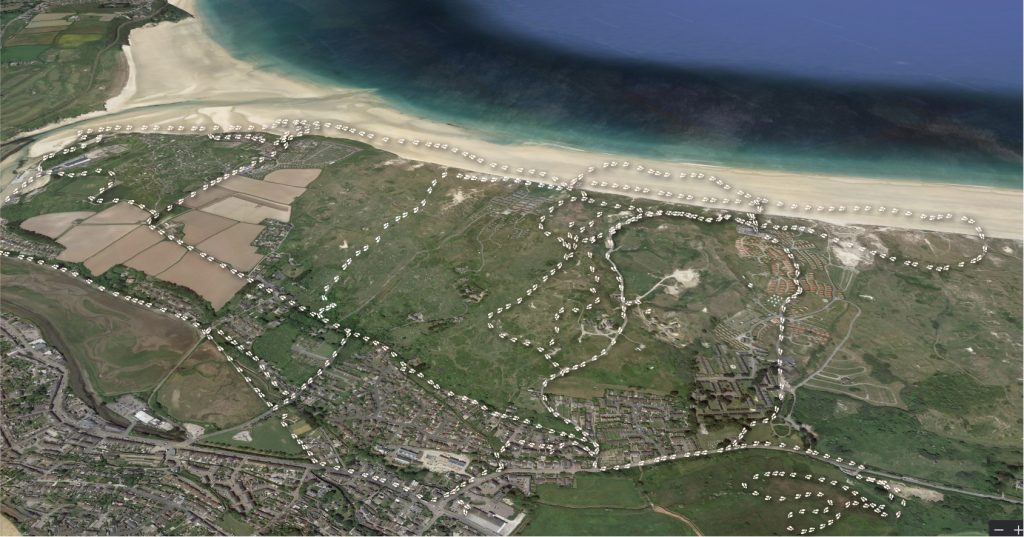
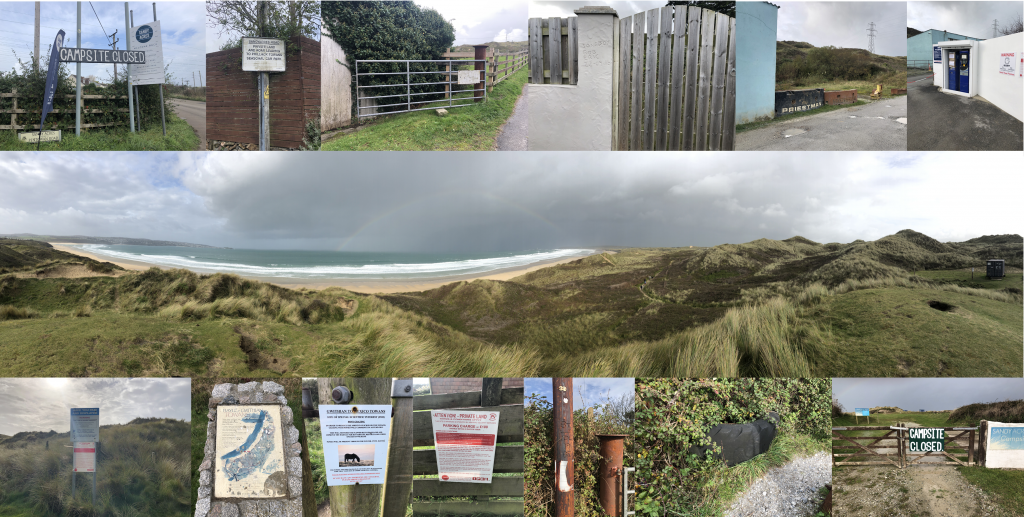
I started from the bottom of the road, where it begins, all the way to the top of the dunes at the carpark. Sandy Acres is a privately owned sliver of the beach, the winding road through the dunes is spottily maintained, and the section of the beach is not as well known as the areas around it. The site is a Site of Special Scientific Interest (SSSI), so is somewhat protected from development. It is surround by very busy holiday camps on either side, but is relatively untouched in comparison. It is a haven for local surfers and the views from the dunes are magnificent. The whole area has been under development in recent years, with new luxury holiday lodges for let and a recently improved cafe made out of shipping containers opened. It is a real mix of industrial materials and new efforts to improve older and shabby bits of the area, balanced with the need to conserve the dunes around it. Lockdown has been difficult, seeing the campsite and car parks closed. This had a knock-on effect on my own road, with frustrated surfers parking all along our little estate or trying to squeeze in on the road as far up to the gate as possible. As a result, more and more parking warning signs went up, which are now starting to wear away or have been knocked over. The carpark and cafe reopened during the summer, but the campsite has remained closed and empty for the season.
On my way back through the dunes, I passed this outbuilding. I’ve passed it a million times, but never stopped to really look at it. It is used as a practice space for a local band occasionally, but it is usually empty. I’d idly noticed the graffiti I could see from the path, but never examined it, and definitely never walked the ten feet off the path to the other side of the building, or known that someone had spraypainted a beautiful section of Michelangelo‘s Pietà on the back wall!
This made me think of John Berger’s point about context. How we view a piece of work is informed by the cultural cues around them.
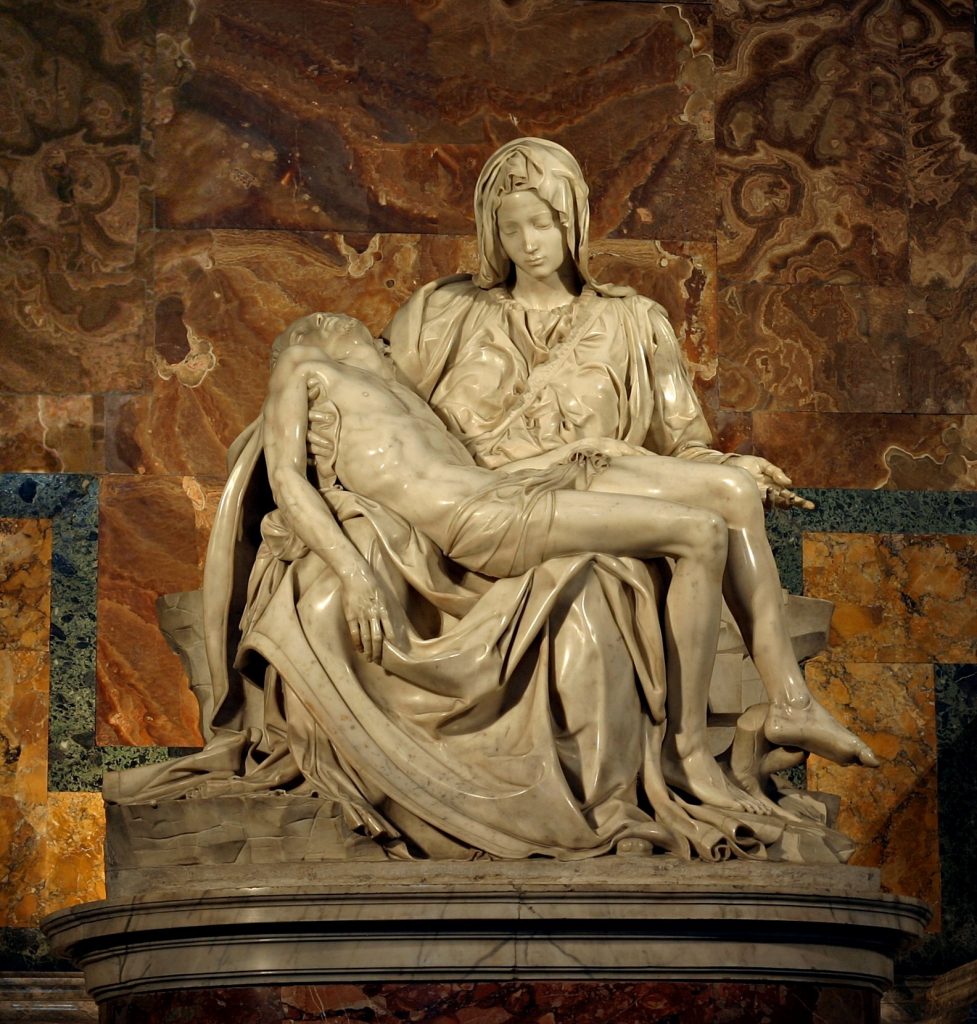
What happens if I take this bit of grafitti, and elevate it by putting it in a museum?

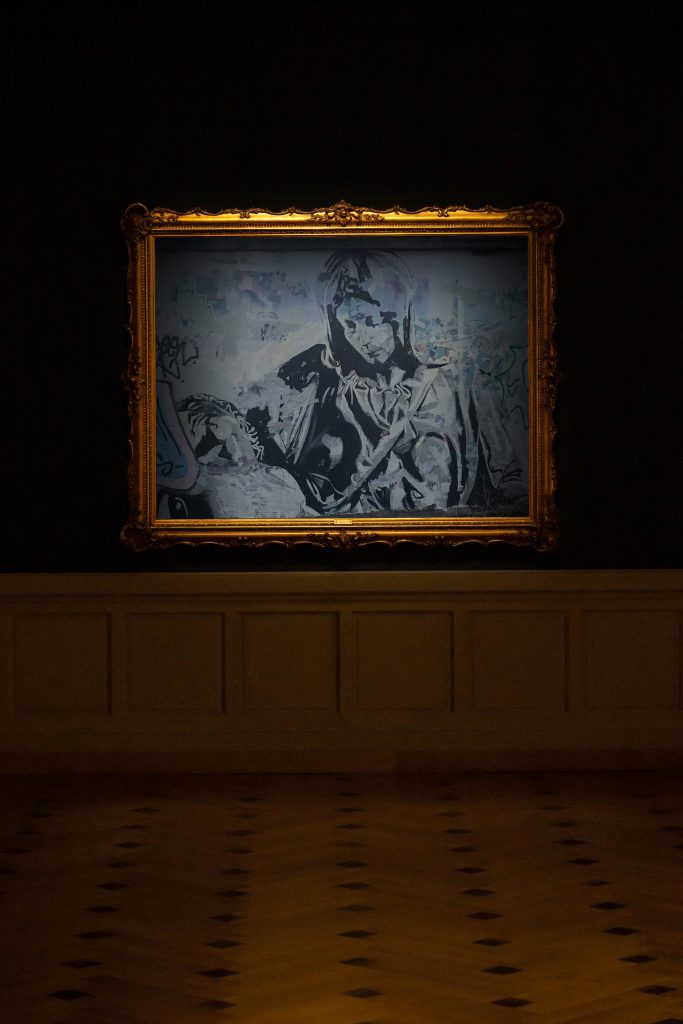
How much of a difference does it make if it is in a more modern frame? A more ornate frame?
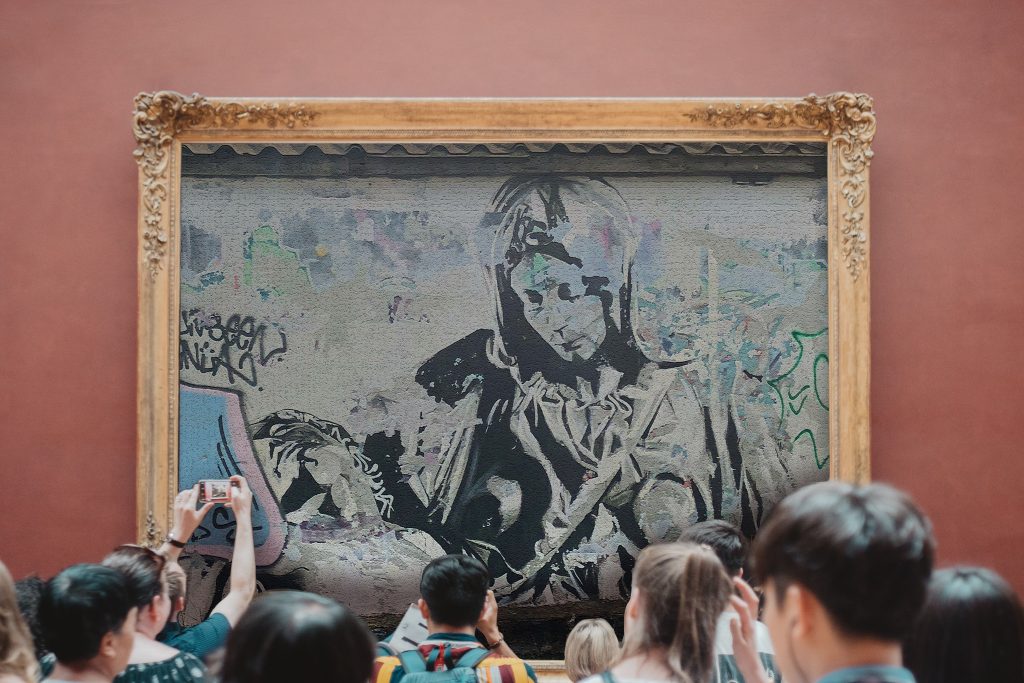
What about a crowd of people taking photos? Going back to the Mona Lisa, it was largely unknown outside of the art world until it was stolen in 1911. The ensuing media frenzy surrounding its theft and eventual return two years later rocketed its profile and it is now one of the most famous and most expensive paintings in the world. The value of a painting is determined by context. Proof of legitimacy, origin, age, the fame of the artist, the fame of the painting, this all adds up to this nebulous concept of worth. Framing something implies worth and informs the way you interact with it. There is a line between vandalism and art, and it is very subjective. Graffiti or street art can be much maligned, but its context and concept can add to a neighbourhood. I enjoyed the trajectory of my Sandy Acres Pietà, from fine art to graffiti, to fine art again. I decided to recontextualise the entire area as an art museum.
An impending second lockdown has also made me consider how my world will shrink to a very tiny and proscriptive area once again. Rather than be upset by this, I’ve decided to make it a feature. I may not be able to attend other galleries or museums, but I can visit the Sandy Acres Museum of Art every day, rain or shine, lockdown or no lockdown.
SAMA has a fantastic collection of landscape paintings, which are a fully immersive, 360 degree, 4D experience which change minute to minute. The modern section includes the seminal Broken Shed Pietà, as well as Graffiti Tags, Worn Caterpillar in the Corner and Blue Storage Containers. In the permanent gallery, Gifts of the Sea, new exhibits roll in with every tide.
Summary of the week
This week I found unexpected lessons in seeing, appreciating what is around me, and the great concept of Unknowing from Kenya Hara. I had thought I would produce a straightforward documentation of the road around me, and instead ended up in an imaginary museum, complete with gift shop.
References
AC ALMELOR. 2018. “Mona Lisa by Leonardo Da Vinci Painting.” Unsplash.com [online]. Available at: https://unsplash.com/photos/gvc3mAJqcj8 [accessed 1 Nov 2020].
BERGER, John. 2012. “John Berger / Ways of Seeing , Episode 1 (1972).” YouTube. Available at: https://www.youtube.com/watch?v=0pDE4VX_9Kk [accessed 24 Oct 2020].
BRERETON, Richard. 2009. Sketchbooks : The Hidden Art of Designers, Illustrators & Creatives. London: Laurence King.
EDWARDS, Susanna. 2020. Week 6 Noticing the Ignored [lecture]. GDE710 for MA Graphic Design. Falmouth: Falmouth University 2020 [Accessed 1 Nov 2020]
HARA, Kenya and HARA SEMINAR. 2015. Ex-Formation. S.L.: Lars Muller Publishers.
JEAN CARLO EMER. 2019. “Louvre Liberty Leading the People.” Unsplash.com [online]. Available at: https://unsplash.com/photos/RwF-IaBrz5g [accessed 1 Nov 2020].
KARIM BEN VAN. 2020. “Brown Wooden Framed Painting of Mountains.” Unsplash.com [online]. Available at: https://unsplash.com/photos/HEGkZoijEG8 [accessed 1 Nov 2020].
MARAVILLAS, Jen. 2020. “71 SQUARE MILES.” map.71squaremiles.com [online]. Available at: http://map.71squaremiles.com/ [accessed 28 Oct 2020].
MCKEEL, Baylee. 2019. “FRESCO Collective.” FRESCO Collective [online]. Available at: https://frescocollective.org/articles/2019/1/11/framing-street-art-the-power-of-a-frame-to-alter-perceptions-and-the-difficulty-of-restraining-street-art [accessed 2 Nov 2020].
RÉUNION DES MUSÉES NATIONAUX. 2016. “Monna Lisa Tote Bag.” Boutiques de Musées [online]. Available at: https://www.boutiquesdemusees.fr/en/bags-tote-bags/monna-lisa-tote-bag/11254.html [accessed 1 Nov 2020].
REYES, Vienna. 2019. “Blue and Multicolored Abstract Painting with Gray Frame.” Unsplash.com [online]. Available at: https://unsplash.com/photos/ePc4h-YrrEQ [accessed 1 Nov 2020].
WIKIPEDIA CONTRIBUTORS. 2020. “Pietà.” Wikipedia [online]. Available at: https://en.wikipedia.org/wiki/Piet%C3%A0#/media/File:Michelangelo’s_Pieta_5450_cropncleaned_edit.jpg [accessed 1 Nov 2020].
